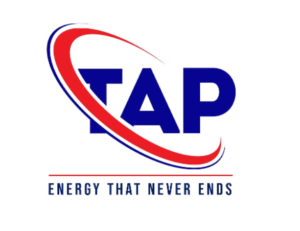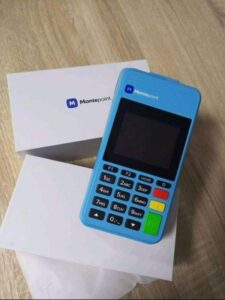The boom 300 index is the average of a spike in the price range that occURS. The crash 300 index shows the average price decline that occurs every 1000-300 ticks. The 300 Crash IS are synthetic indices for all aspects of foreign exchange trading, with the Crash Index falling on average every 1000 to 300 ticks in each price series. In the Boom Index, the average is the one that soars in both price ranges (which occur every 1000 to 300 ticks).
Trade boom and crash require good analysis, traders need to recognize support and resistance before they enter trading. Sometimes it is difficult to study all the tricks of the market, because there is no 100% perfect strategy.
There are many things that prevent you from achieving the best results in the trading boom and crash, such as lack of money management, trader psychology and strategy. According to my research, the physiology of trade is the most important in trade contributing 55%, money management 35% and strategy 15%. A number of traders, experts and beginners had problems with the market structure during the boom and crash. Currency pairs during a boom or crash are structured to buy and sell with spikes and even phases of ticks.
This makes it difficult for brokers to play the trader off, as the market is too volatile on its own. For example, if I trade boom-boom-500, boom-1000, crash-crash-500 and 1000 assets, I can observe the boom in the market, sell the standard crash assets and buy the default crash. When it comes to trading synthetic indices and currency pairs, I am not very good at fundamental analysis, but I find it easier to do technical analysis and place trading at a profit.
When we get a spike, we wait for the market to hit EMA9, and when it breaks through (no more than 3 small candles), we leave trading and apply the crash boom. In the trading boom, the RSI indicator is strong in the buying region (price lower limit) and in the crash 500 in the sales zone (price upper limit).
For those of us who trade, we are looking for a spike that will devour more than 10 small candles that we will hold until the market reaches EMA9, if it stops rising, we will cash in. Wait in the M1 timeframe until the EMAs and RSI are in an overbought range. If the 50% EMA exceeds 200EMA and goes down, this indicates a strong signal to start selling, as our conditions for the RSI are met.
The strategic goal is to have at least 3 spikes in trade before you take over. When the spike comes, wait until the price drops back below the $13 mark and enter again.
In any case, you never know what the best solid trading system is and what is best for you as a trader. What lies ahead is a trading strategy that respects price actions.
Trading during a boom or crash, if you use the right batch size, does not result in a short-term capital loss. A crash in the 500 will respect the resistance and support of the traded asset. Fusion Media accepts no responsibility for any trading losses that you may incur as a result of the use of this information.
The first strategy is to use special custom indicators to help you analyses the market. Boom and Crash Scalper will help boom and crash traders make quick profits by trading in boom or crash indices.
When I started trading boom and crash markets, I started my trading adventures with Scalper. In fact, in my first year of trading, I experienced more than 95% of the boom / crash traders I met at Scalper. This confirms the way the market is structured, peaks and booms, buy/scrap and sell situations, the low risk / return ratio of the day, swing trading and small lots sizes.











